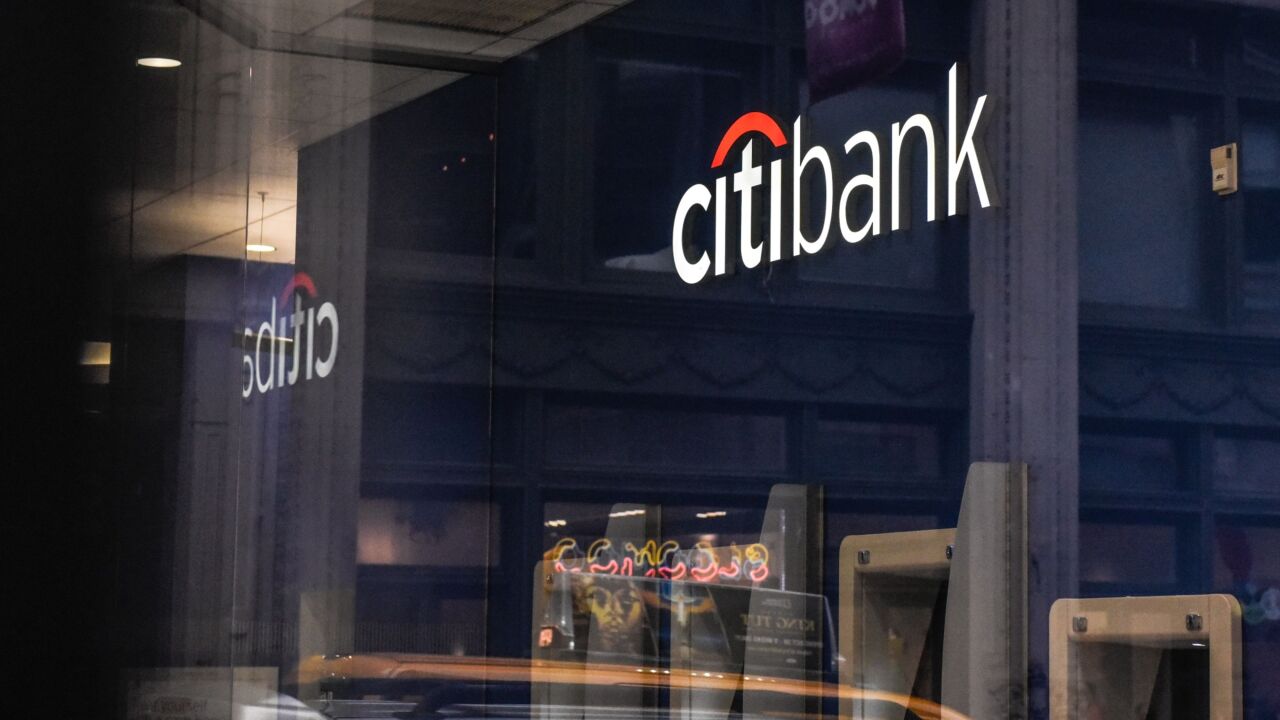
Community banks barely grew loans in the third quarter — and the struggle for momentum could drag into 2025, despite interest rate cuts and post-election clarity on regulation.
Median sequential
Of the 20 largest community banks, however, 13 posted declines in quarter-over-quarter loan balances, the S&P data show.
While inching ahead, the overall pace of growth has slowed throughout 2024. It fell below 1% for the current quarter through mid-November, weekly data from the Federal Reserve showed.
"Bank lending has been a chronic disappointment for the past several periods," Piper Sandler analyst Scott Siefers said.
He noted that, with the
All of that noted, analysts say headwinds linger and new challenges lurk. Many community bankers said during the recently culminated third-quarter earnings season they are seeing signs of increased commercial loan demand as business owners prepare for a New Year in which costs could decline or at least hold steady across taxes, regulation and debt.
'Relatively muted' growth
But many of these same banks are working to downsize their commercial real estate loan portfolios in the wake of remote work trends that
Englewood Cliffs, New Jersey-based
"Going forward, we expect loan growth may be relatively muted" through the first quarter, ConnectOne Chairman and CEO Frank Sorrentino said on the company's earnings call.
"I would expect, certainly by the second quarter of 2025, that we would again regain our more normalized growth path," he added.
Byline President Alberto Paracchini said on the bank's earnings call that further rate reductions that more substantially drop borrowing costs may be needed to bolster demand enough to fuel growth. "I think rates would have to come down more so that at the margin you start seeing more, call it, rate-induced transactions," he said.
Tariff uncertainties
But that is hardly guaranteed. The Fed began to cut interest rates this fall after successfully drawing down inflation over the past two years. Price increases peaked above 9% in 2022. But at 2.6%, inflation remains above the Fed's 2% target, and Trump's other major proposed policy — imposing tariffs on a vast swath of imported goods — could reignite price spikes. This could force the Fed to hit the brakes on rate reductions next year, some economists warn.
Vuk Vuković, a political economist and founding partner of hedge fund Oraclum Capital, said industry leaders "should pay close attention to two things: the Trump Administration's policy decisions and the Fed's reactions to the outcomes of those decisions."
If applied across the board, Vuković said, higher tariffs would translate into increased domestic prices on foreign goods. This, he said, "hurts consumer spending and increases inflation pressures…If as a consequence of inflation resurging — not to 2022 levels, but slightly elevated, back above 3%, close to 4% — the Fed will be forced to pause or postpone rate cuts."
Moody's analyst Chris Stanley said economic and policy uncertainty still loom large. "Bankers should strategize for a no-more-rate-cuts scenario and its effect on pricing strategies, interest income forecasts and balance sheet management activities," Stanley said.





